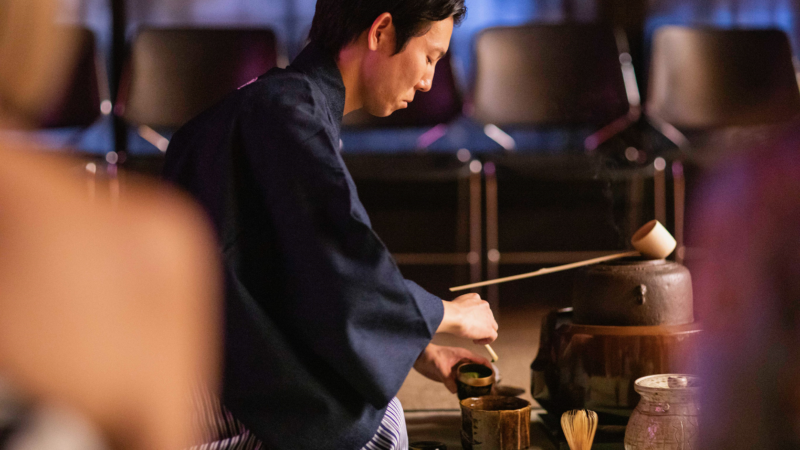Deborah Klens-Bigman, Ph.D. ◆ March 3, 2016

As I noted in my earlier post, kumidachi (組太刀), paired sword kata, teach a number of concepts that can then be applied to solo practice. In addition, they are useful in illustrating some more tactical aspects of Japanese swordsmanship.
Most importantly, kumidachi kata teach space and timing. How far are you from your opponent? Can you reach her in one step? Two? Stepping forward or back? How fast is she moving? How large is her stride? Does she cut with full extension, or does she pull back somewhat? This concept, called ma (間) is very difficult to express in words, but is essential to many Japanese traditional arts, not just budo. With practice, a budoka can literally “size up” an opponent, and perform a kumidachi kata for the first time from a perfect (or nearly perfect) distance, and in the proper time. Some people have an innate sense of ma, but everyone can develop the sense they already have.
In addition, there are three classical concepts, which are applied to many martial arts genres. They are: sen no sen先の先, go no sen後の先 and sen sen no sen先々の先. It is important to point out that different styles assign different interpretations to these concepts. Sen sen no sen, in particular, can carry an almost mystical meaning in some practices, whereas it can be more pragmatic in others. In our practice, we use Otani Sensei’s kumidachi techniques to show the way in which we consider each one. As I said, Google any of these terms and you will get a good sense of how practitioners from different budo interpret and apply them.
Sen no sen means to perceive your opponent’s attack in order to counter it. For example, in our first kumidachi kata, partners stand at tip-to-tip distance, swords held in the seigan position. The uchidachi (attacker) raises her sword for a downward cut. The shidachi (defender) brings her sword up at the same time, steps off the line (either to the right or the left) and “cuts” the corresponding yokomen (side of the head) of the uchidachi. Unlike a lot of paired sword techniques, Otani Sensei’s kumidachi offer choices from time to time to both the uchidachi and the shidachi. While the outline of the form may be simple (as is this one), the execution can be more complicated.
Go no sen means to allow your partner to initiate the attack and then counter it. In the third of Otani Sensei’s kata, the partners face off from hasso no kamae, in which the sword is held up and to the side. In this kata, the uchidachi actually decides whether to attack from the right or the left (it may seem a little eccentric to some people, but as a trained jodoka, Otani sensei believed an attack could come from either the right or the left). The shidachi takes up the corresponding side of hasso no kamae. As the attacker moves to cut diagonally, the defender needs to allow him to commit to his cut before he can counter with one of his own. If he moves too soon, the attacker will simply follow his body movement and adjust his cut accordingly. Hence, go no sen – the defender must wait.
Sen sen no sen can have an almost mystical meaning to some budoka. For our purposes, however, it means to provoke a reaction in the opponent before introducing a defense and counter. In the fourth of Otani sensei’s kumidachi kata, the partners start tip-to-tip in seigan. Theoretically, the shidachi decides not to try anything directly, so she uses a provocation, dropping the tip of her sword to gedan no kamae, in which the tip of the sword drops to knee level. The uchidachi, seeing what he thinks is an opportunity, comes in for a downward cut. The shidachi uses a technique called ukenagashi to ward off the attack, steps off the line and counters to the uchidachi’s shoulder with a diagonal cut. As in some of the other kata, the shidachi has a choice: since the attack is coming in straight, she can decide to step to the right or the left.
While these principles may not mean much to beginning students (I think mostly they just want to get out of the way), I hope that the principles will become more apparent with continued practice. Certainly, the differences in individual students’ relative sizes and body mechanics will ensure that whatever students may take away from kumidachi practice, they will never find it dull.




